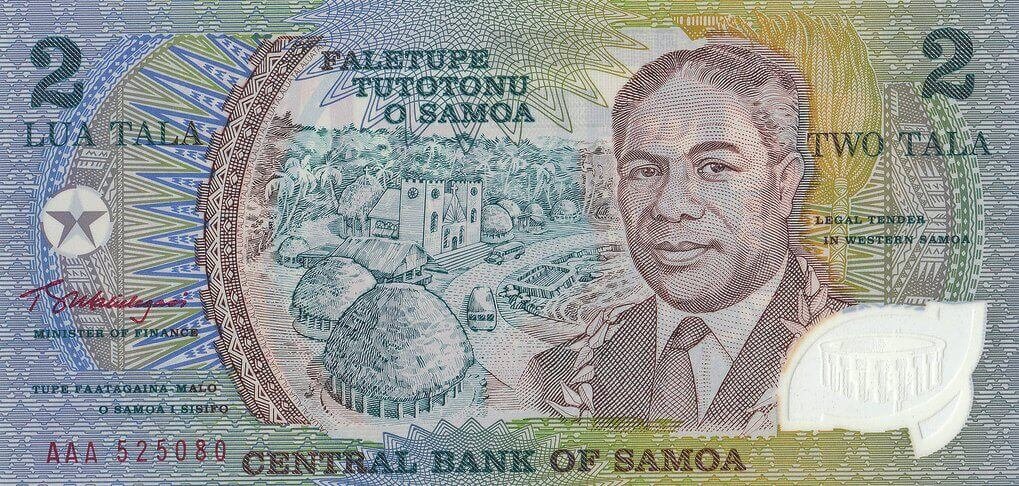The challenge
The Ten-Year Pacific Statistics Strategy (TYPSS) 2011-2020 is a regional response to the need for a comprehensive plan to improve and develop the collection and utilisation of statistics in the Pacific region. The TYPSS proposed a way to maximise and coordinate resources to provide regional strategic leadership, thereby improving the scope and quality of national statistics. The Strategy outlined a series of short- and long-term programs to contribute to national statistics capacity development and regional coordination and capability. Over this ten-year period, the TYPSS has been implemented in three distinct phases. Since 2016, Sustineo has been engaged through three separate contracts by DFAT to support the redesign and realignment of the strategy across different phases to enable its responsiveness to developments in statistics and emerging needs and opportunities.
Our approach
We took a mixed methods approach across the three engagements, refined to the particular scope and context of each assignment.
In 2016, we undertook targeted research into the use and production of statistics across the Pacific. This research activity established a draft set of key social, economic and environmental development indicators. An extensive literature review was used to identify gaps where the data for these indicators was either absent or in an inaccessible format. This was complemented by engagements with key stakeholders across the Pacific. Our identification of priority gaps and issues for statistics users and producers helped define the scope and objectives of the subsequent mid-term review (MTR).
In 2017, we conducted the TYPSS Phase II MTR focused on identifying both achievements and lessons learned to inform future implementation of the TYPSS. We worked closely with DFAT and stakeholders to design a forward-focused evaluation methodology which sought to build on the strengths of the strategy. We engaged with a broad range of stakeholders to establish a holistic picture of the Pacific statistics environment. We developed a final report which helped refocus the design of TYPSS Phase III by integrating insights from field missions to Fiji, Tonga and Kiribati.
Building on our detailed understanding of the TYPSS and awareness of regional dynamics, we delivered the final evaluation of Phase III in 2021. The purpose was to identify the successes and learnings provided through the TYPSS and develop options for how it could mature and operate to meet the statistical needs of the region in a post-COVID-19 environment. We replicated our successful mixed methods approach, integrating data from a desk assessment, survey and stakeholder engagements across the region to provide targeted insights aligned to the evaluation objectives.
Outcome
Our success across these engagements was built on our ability to establish trusting and productive working relationships with DFAT and TYPSS partners across the region. Our evaluation expertise, combined with a collaborative approach to client engagement, ensured the reporting outputs were robust, relevant, and supported DFAT in the identification of lessons learned, scope and objective definition, and informed the design and development of the next iteration of the program.

